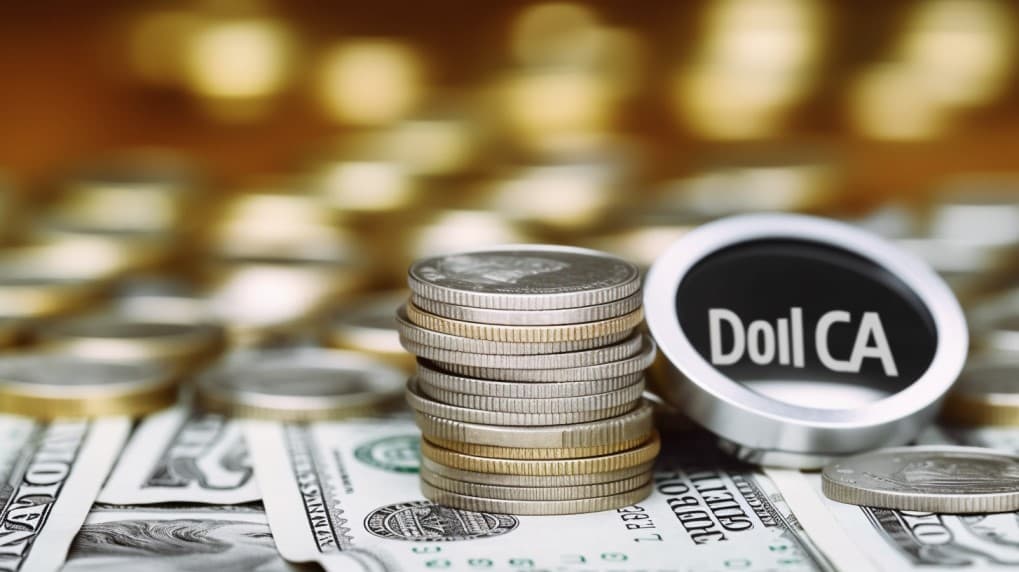
GLL VS GLDL
In the ever-evolving landscape of finance, making informed investment decisions is paramount. Two popular options in the world of exchange-traded funds (ETFs) are GLL and GLDL. These ETFs offer distinct strategies for investors seeking exposure to the precious metals market. In this article, we will delve into the key aspects of GLL vs. GLDL, providing you with the insights you need to make sound financial choices.
GLL VS GLDL: Sectors and Top Holdings
When it comes to precious metals, gold and silver are often at the forefront of investors' minds. Both GLL and GLDL provide exposure to these metals, but they do so in different ways.
This ETF aims to provide daily investment results that correspond to twice the inverse (-2x) of the daily performance of gold bullion. In simpler terms, when the price of gold drops, GLL tends to rise, making it a potential option for investors looking to profit from declining gold prices.
On the other hand, GLDL seeks to track the performance of gold by utilizing a covered call strategy. It does this by holding a portfolio of gold assets and selling covered call options on a portion of the portfolio. This approach can generate income for investors through option premiums, potentially making it a more appealing choice in a stable or rising gold market.
 GLL overlap GLL VS GLDL
GLL overlap GLL VS GLDL
GLL VS GLDL: Capitalization Strategy
Capitalization strategy is a crucial factor when choosing an ETF. It impacts the risk and return profile of the fund.
GLL is structured to provide leveraged inverse exposure to gold. This means that it is designed to move in the opposite direction of the daily performance of gold, but with a multiplier effect. While this offers potential for higher returns when gold prices decline, it also comes with higher risk due to the leveraged nature of the ETF.
GLDL, being an exchange-traded note (ETN), does not invest directly in gold. Instead, it relies on a covered call strategy. This strategy tends to be less volatile than leveraged inverse ETFs like GLL, making it a potentially more conservative choice for investors seeking exposure to gold.
GLL VS GLDL: Tracking and Exposure
Understanding how these ETFs track and provide exposure to their respective assets is essential for investors.
GLL aims to deliver twice the inverse daily performance of gold. It uses various financial instruments, such as swaps and futures contracts, to achieve this objective. Investors should be aware that the ETF's performance may deviate from twice the inverse of gold's performance over periods longer than one day due to compounding effects.
GLDL seeks to track the performance of gold by holding physical gold assets and generating income through covered call options. While this strategy may offer more predictable tracking of gold prices, it also exposes investors to credit risk associated with the issuer (Credit Suisse).
Conclusion
In the world of finance, every investment decision carries its own set of risks and rewards. When it comes to GLL vs. GLDL, your choice should align with your investment goals, risk tolerance, and market outlook.
If you believe that gold prices are set to decline, GLL may provide an opportunity for profit due to its inverse leveraged strategy. However, be prepared for higher volatility and potential losses in a rising gold market.
On the other hand, if you seek more stable returns and are comfortable with a covered call strategy, GLDL may be a suitable option. It provides exposure to gold while generating income through options, potentially offering a more conservative approach to precious metals investing.
Remember that investing always involves risk, and it's essential to conduct thorough research and consider your financial objectives before making any investment decisions.
In conclusion, whether you choose GLL or GLDL, understanding their strategies, risks, and potential rewards is crucial. Make informed choices, diversify your portfolio, and consider seeking advice from a financial professional to ensure that your investment strategy aligns with your long-term financial goals.
GLL ETF issuer
GLL ETF official page